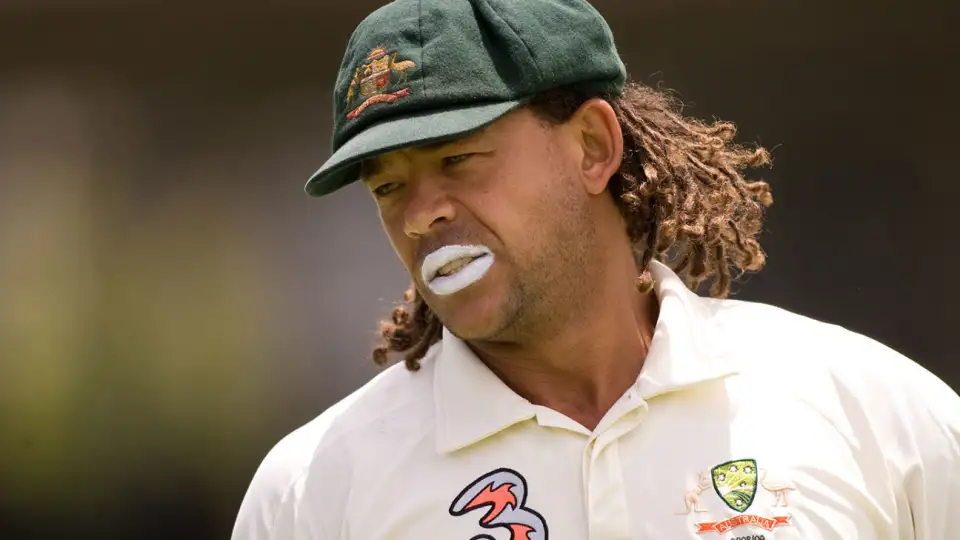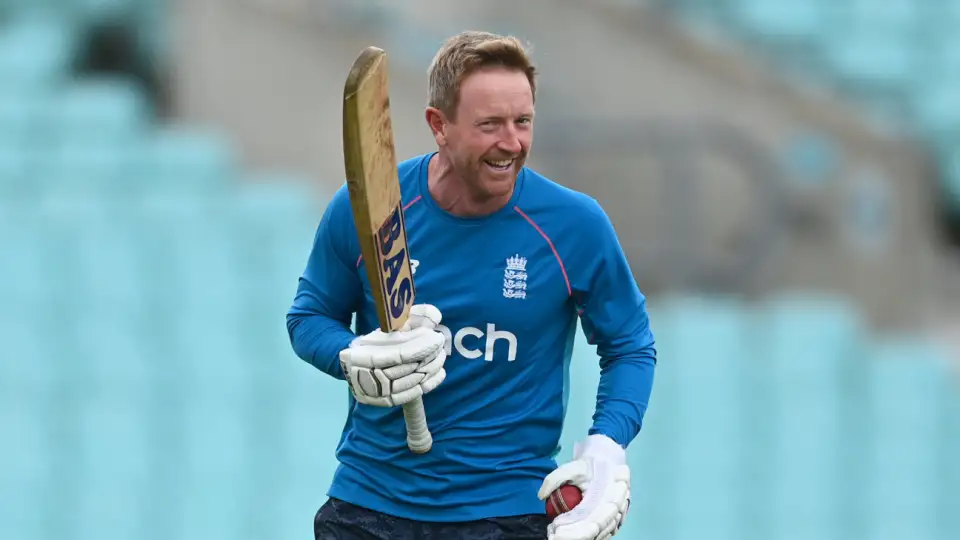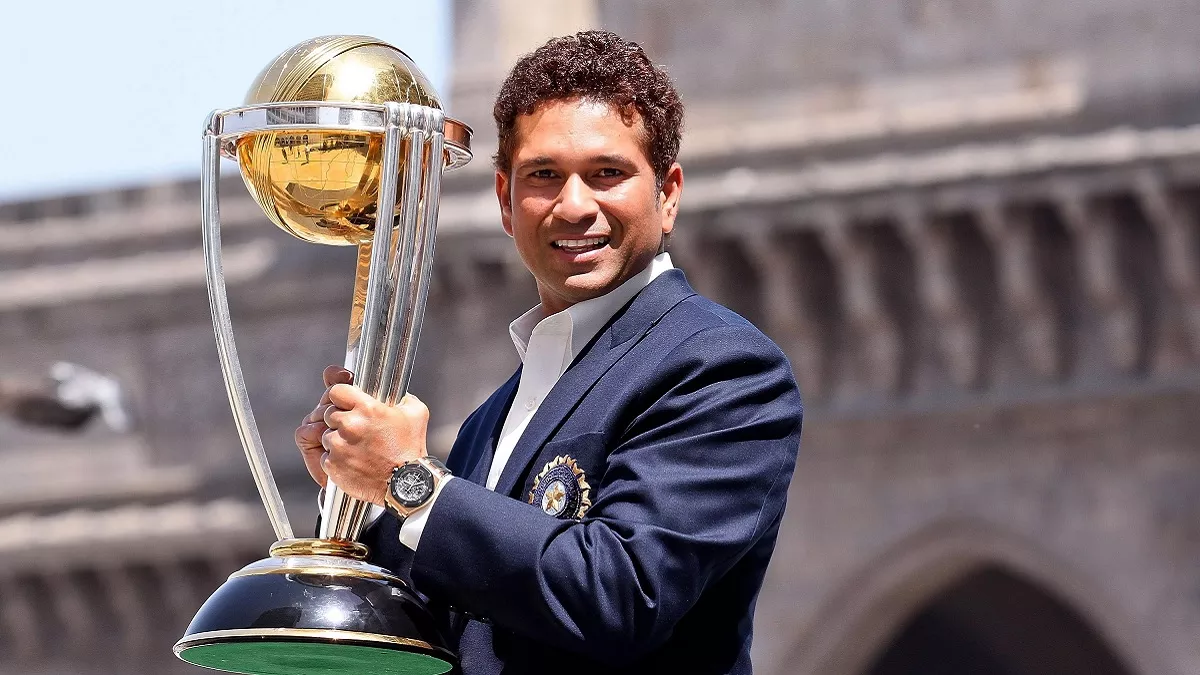How Many Fielders Are Allowed Outside The Circle In T20

Twenty20 (T20) cricket, with its fast-paced and high-energy format, has specific rules governing field placements to maintain the balance between bat and ball. One of the critical aspects of these rules pertains to the number of fielders allowed outside the 30-yard circle at different stages of the game. Understanding these fielding restrictions is crucial for teams to strategize effectively and for fans to appreciate the nuances of the game.
The 30-Yard Circle
The 30-yard circle is a fielding restriction area marked by a series of discs on the ground, 30 yards (27.43 meters) away from each wicket. This circle plays a significant role in determining the placement of fielders during a match.
Fielding Restrictions in T20 Cricket
In T20 cricket, fielding restrictions are divided into two main phases:
- Powerplay Overs
- Non-Powerplay Overs
Powerplay Overs
- Duration: The first six overs of a T20 innings are designated as the Powerplay overs.
- Fielding Restrictions: During these six overs, only two fielders are allowed outside the 30-yard circle. This restriction is designed to encourage aggressive batting, leading to higher scores and more entertainment for spectators. It places significant pressure on the bowlers, as they have fewer fielders to protect the boundary, making it easier for batsmen to find gaps and score boundaries.
Non-Powerplay Overs
- Duration: The remaining 14 overs of the innings fall under this category.
- Fielding Restrictions: After the Powerplay, the rules relax slightly, allowing up to five fielders outside the 30-yard circle. This change provides the bowling side with more options to set defensive fields, helping to contain the batsmen and prevent them from scoring freely. It also allows captains to place fielders strategically in the outfield to intercept potential boundaries and catch lofted shots.
Strategic Implications
These fielding restrictions have a profound impact on the strategies employed by both teams:
- Batting Strategy: During the Powerplay, batsmen typically adopt a more aggressive approach, aiming to exploit the limited fielding restrictions to score quickly. They are more likely to take risks, knowing that there are fewer fielders patrolling the boundary. Conversely, during the non-Powerplay overs, batsmen often rotate the strike more frequently and pick their moments to attack, given the increased number of fielders outside the circle.
- Bowling Strategy: Bowlers and captains must carefully plan their tactics around these fielding restrictions. In the Powerplay, bowlers might focus on tight, wicket-to-wicket lines and lengths to minimize scoring opportunities. In the non-Powerplay overs, bowlers have the flexibility to employ a mix of defensive and attacking fields, using the additional fielders in the deep to prevent boundaries and create catching opportunities.
Conclusion
The fielding restrictions in T20 cricket, particularly the rules governing the number of fielders allowed outside the 30-yard circle, play a crucial role in shaping the dynamics of the game. By balancing aggressive batting with strategic field placements, these rules ensure an exciting contest between bat and ball. For teams, mastering the art of field placement within these restrictions is essential for success, while for fans, it adds another layer of intrigue and excitement to the fast-paced world of T20 cricket.
The Best Fielders in Cricket History
1. Jonty Rhodes (South Africa)

Jonty Rhodes is often regarded as the finest fielder cricket has ever seen. His athleticism, lightning-quick reflexes, and fearless approach redefined fielding standards. Rhodes made spectacular catches and executed stunning run-outs, most famously during the 1992 World Cup when he ran out Pakistan’s Inzamam-ul-Haq with a diving effort. His contributions in the field were pivotal in many South African victories, and his legacy continues to inspire new generations of cricketers.
Biography
Jonty Rhodes, born on July 27, 1969, in Pietermaritzburg, South Africa, revolutionized the role of a fielder in cricket with his extraordinary athleticism and acrobatic skills. Making his debut for South Africa in 1992, Rhodes quickly became renowned for his incredible agility, sharp reflexes, and breathtaking diving catches. His iconic run-out of Inzamam-ul-Haq in the 1992 World Cup is etched in cricketing history. Beyond fielding, Rhodes was a dependable middle-order batsman, contributing significantly to South Africa’s successes in both Test and One-Day International cricket.
2. Ricky Ponting (Australia)

Ricky Ponting was not only a prolific batsman but also an exceptional fielder, particularly in the slips and at cover. Ponting’s sharp reflexes and anticipation made him a constant threat to batsmen. He holds the record for one of the highest numbers of catches in ODIs and Tests. Ponting’s leadership and fielding prowess were instrumental in Australia’s dominance in world cricket during his playing days.
Biography
Ricky Ponting, born on December 19, 1974, in Launceston, Tasmania, is one of Australia’s most celebrated cricketers. Known for his aggressive batting and astute captaincy, Ponting made his debut for the Australian national team in 1995. Over his illustrious career, he amassed over 13,000 runs in both Test and One Day International (ODI) formats, becoming one of the highest run-scorers in cricket history. Ponting’s leadership was instrumental in Australia’s dominance in the early 2000s, leading the team to two consecutive World Cup victories in 2003 and 2007.
3. Herschelle Gibbs (South Africa)

Herschelle Gibbs was another South African known for his incredible fielding skills. His agility and ability to make difficult catches look easy made him a standout performer in the field. Gibbs was particularly effective in the outfield, where his speed and accurate throwing arm often resulted in crucial run-outs. His fielding was a vital asset for South Africa, complementing his explosive batting.
Biography
Herschelle Gibbs, born on February 23, 1974, in Cape Town, South Africa, is a former cricketer known for his explosive batting and exceptional fielding. He made his debut for South Africa in 1996, quickly establishing himself as a formidable opener. Gibbs’ aggressive style and ability to score quickly made him a key player in limited-overs cricket. One of his most memorable achievements was scoring six sixes in an over during the 2007 World Cup, a first in ODI history. Beyond his batting prowess, Gibbs was renowned for his athletic fielding, often making spectacular catches and run-outs.
4. Andrew Symonds (Australia)

Andrew Symonds was a versatile cricketer who excelled in all aspects of the game, including fielding. Known for his athletic build and exceptional reflexes, Symonds was a livewire on the field. Whether at backward point, in the covers, or in the deep, he was known for his diving stops, direct hits, and breathtaking catches. Symonds’ fielding added a significant edge to the Australian team during his tenure.
Biography
Andrew Symonds, born on June 9, 1975, in Birmingham, England, and raised in Australia, was a dynamic all-rounder who made significant contributions to Australian cricket. Known for his explosive batting, effective medium-pace and off-spin bowling, and exceptional fielding, Symonds was a key player in Australia’s dominance in the early 2000s. He played crucial roles in Australia’s World Cup victories in 2003 and 2007. Symonds’ fearless approach and athleticism endeared him to fans worldwide, making him one of the most memorable and impactful cricketers of his era.
5. Paul Collingwood (England)

Paul Collingwood was one of England’s most reliable fielders. His safe pair of hands and quick reactions made him a valuable asset in the slips and in the inner circle. Collingwood’s ability to anticipate the ball and make difficult catches, along with his exceptional throwing accuracy, made him one of the best fielders of his time. His contributions were crucial in England’s successes, particularly in limited-overs cricket.
Biography
Paul Collingwood, born on May 26, 1976, in Shotley Bridge, County Durham, England, is a celebrated former cricketer known for his all-round abilities and exceptional fielding skills. Collingwood made his international debut in 2001 and quickly became a mainstay in the England cricket team. Renowned for his gritty batting, handy medium-pace bowling, and outstanding fielding, he played a pivotal role in England’s limited-overs successes, including their 2010 ICC World Twenty20 victory. Collingwood also captained England in ODIs and T20s, earning respect for his leadership and tenacity. After retiring from international cricket in 2011, he continued to contribute to the sport as a coach and mentor.
6. AB de Villiers (South Africa)

AB de Villiers is renowned for his versatility on the field. Known as “Mr. 360” for his batting, he also brought unparalleled agility and sharpness to fielding. De Villiers’ quick reflexes and athletic ability allowed him to pull off stunning catches and effect lightning-fast run-outs. His fielding brilliance has often turned games in South Africa’s favor, making him a standout fielder in modern cricket.
Biography
AB de Villiers, born on February 17, 1984, in Pretoria, South Africa, is a former cricketer renowned for his exceptional versatility and innovative batting. Known as “Mr. 360” for his ability to play shots all around the wicket, de Villiers made his debut for the South African national team in 2004. Over his illustrious career, he became one of the most feared batsmen in all formats of the game, amassing over 20,000 international runs. Besides his batting prowess, de Villiers was also an outstanding fielder and occasionally kept wickets.
7. Ravindra Jadeja (India)

Ravindra Jadeja is widely considered one of the best fielders in contemporary cricket. His speed, agility, and precise throwing arm make him a constant threat to opposing teams. Jadeja’s ability to cover ground quickly and his knack for effecting direct hits from almost any position on the field have made him a standout performer. His fielding has often been a game-changer for India, contributing significantly to their victories.
Biography
Ravindra Jadeja, born on December 6, 1988, in NavagamGhed, Gujarat, India, is a celebrated all-rounder known for his exceptional skills in batting, bowling, and fielding. He made his international debut in 2009 and quickly became a vital asset to the Indian cricket team. Jadeja’s left-arm spin has troubled many top batsmen, while his aggressive lower-order batting has rescued India on numerous occasions. Renowned for his electrifying fielding, Jadeja is often hailed as one of the best fielders in modern cricket. His contributions have been instrumental in India’s success across all formats of the game.
8. Suresh Raina (India)

Suresh Raina has been one of India’s most consistent fielders, particularly in limited-overs cricket. His quick reflexes, agility, and ability to field in various positions, from the infield to the outfield, have made him a versatile asset. Raina’s sharp catching and accurate throws have resulted in many memorable moments on the field for India.
Biography
Suresh Raina, born on November 27, 1986, in Muradnagar, Uttar Pradesh, India, is a celebrated cricketer known for his aggressive batting and exceptional fielding skills. Making his international debut in 2005, Raina quickly became a mainstay in the Indian cricket team, particularly in limited-overs formats. He is renowned for his ability to score quickly and his versatility as a middle-order batsman. Raina was also a key player for the Chennai Super Kings in the Indian Premier League (IPL), where his consistent performances earned him the nickname “Mr. IPL.” His contributions were crucial to India’s successes in the 2011 ICC Cricket World Cup and the 2013 ICC Champions Trophy.
Other Top Fielders in Cricket
| Player Name | Matches | Catches (Test) | Catches (ODI) | Catches (T20I) | Run-Outs (Total) |
|---|---|---|---|---|---|
| Ricky Ponting | 560 | 196 | 160 | 28 | 80 |
| Rahul Dravid | 509 | 210 | 196 | 12 | 75 |
| Mahela Jayawardene | 652 | 205 | 218 | 19 | 88 |
| Jacques Kallis | 519 | 200 | 131 | 12 | 55 |
| AB de Villiers | 420 | 222 | 176 | 65 | 90 |
| Ross Taylor | 450 | 164 | 142 | 26 | 60 |
| Paul Collingwood | 300 | 95 | 108 | 15 | 45 |
| Steven Smith | 400 | 125 | 98 | 30 | 50 |
| Jonty Rhodes | 297 | 100 | 105 | 8 | 100 |
| Virat Kohli | 500 | 94 | 135 | 50 | 80 |




